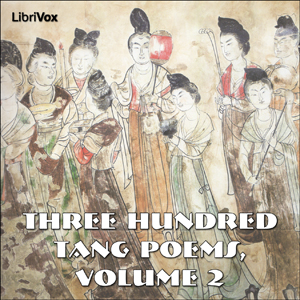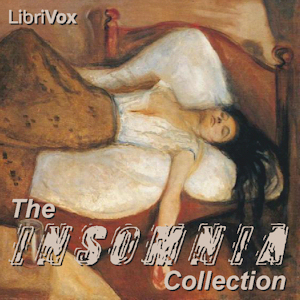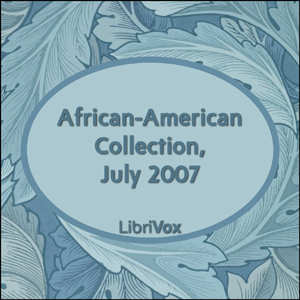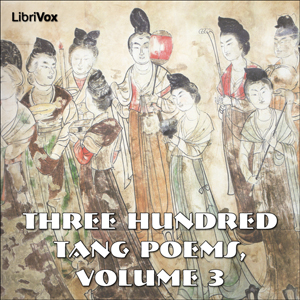- Chapter 1: The Story of a Panic, Part 1
- Chapter 1: The Story of a Panic, Part 2
- Chapter 1: The Story of a Panic, Part 3
- Chapter 2: The Other Side of the Hedge
- Chapter 3: The Celestial Omnibus, Part 1
- Chapter 3: The Celestial Omnibus, Part 2
- Chapter 4: Other Kingdom, Part 1
- Chapter 4: Other Kingdom, Part 2
- Chapter 4: Other Kingdom, Part 3
- Chapter 5: The Curate's Friend
- Chapter 6: The Road from Colonus, Part 1
- Chapter 6: The Road from Colonus, Part 2
With twenty Nobel Prize nominations to his credit, E. M. Forster may reasonably be considered one of the best writers of the 20th century – perhaps of all time. He is best known for his 1924 novel A Passage to India. But almost all his writings met with rapid critical, popular and international success.
Forster’s world-view was exceptionally broad – even multi-cultural – as expressed in the humanism characterizing all his works, in the wide-ranging social criticism of Howard’s End, and in the spiritual and mystical themes for which A Passage to India is famous, and which also underlie the stories collected in The Celestial Omnibus. - Summary by Kirsten Wever
Forster’s world-view was exceptionally broad – even multi-cultural – as expressed in the humanism characterizing all his works, in the wide-ranging social criticism of Howard’s End, and in the spiritual and mystical themes for which A Passage to India is famous, and which also underlie the stories collected in The Celestial Omnibus. - Summary by Kirsten Wever
There are no reviews for this eBook.
There are no comments for this eBook.
You must log in to post a comment.
Log in











